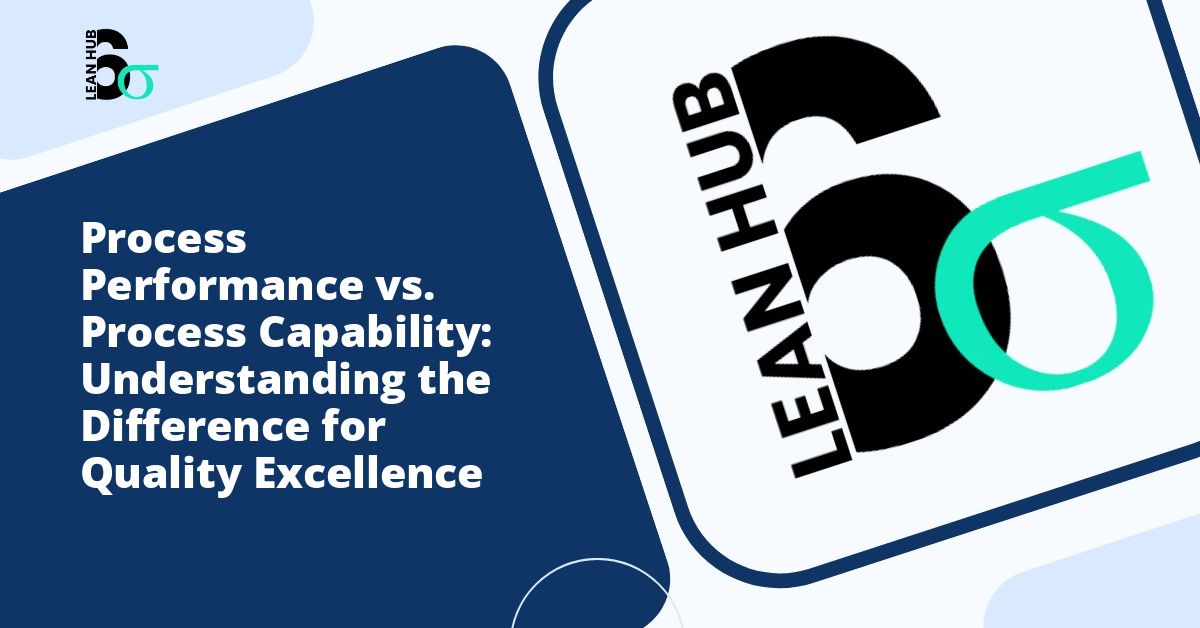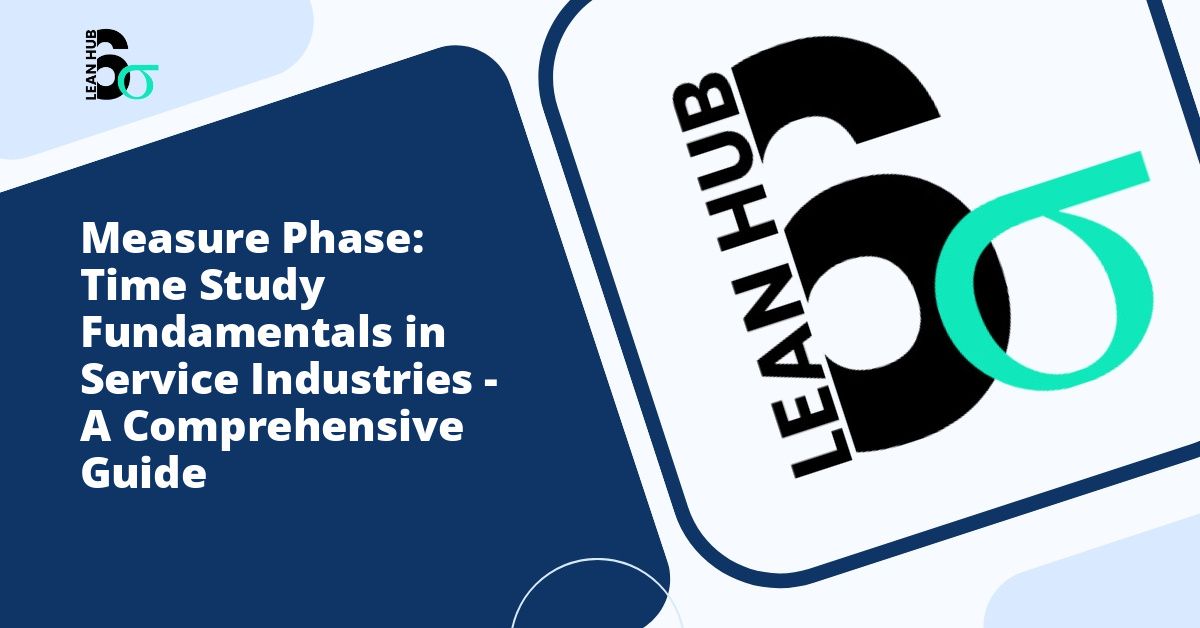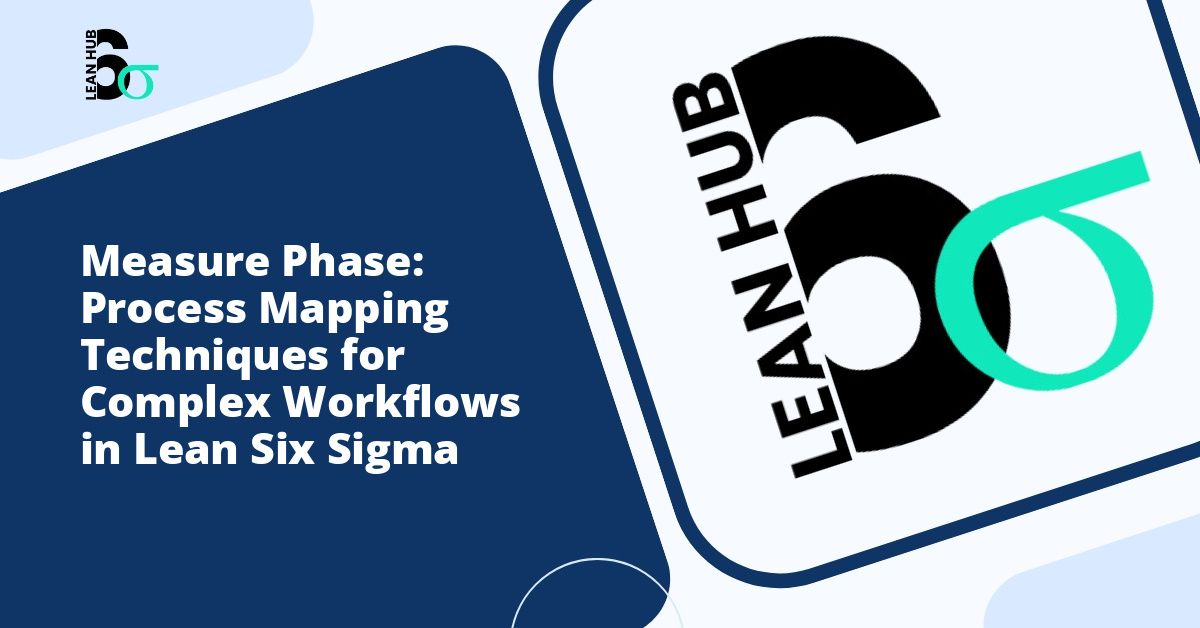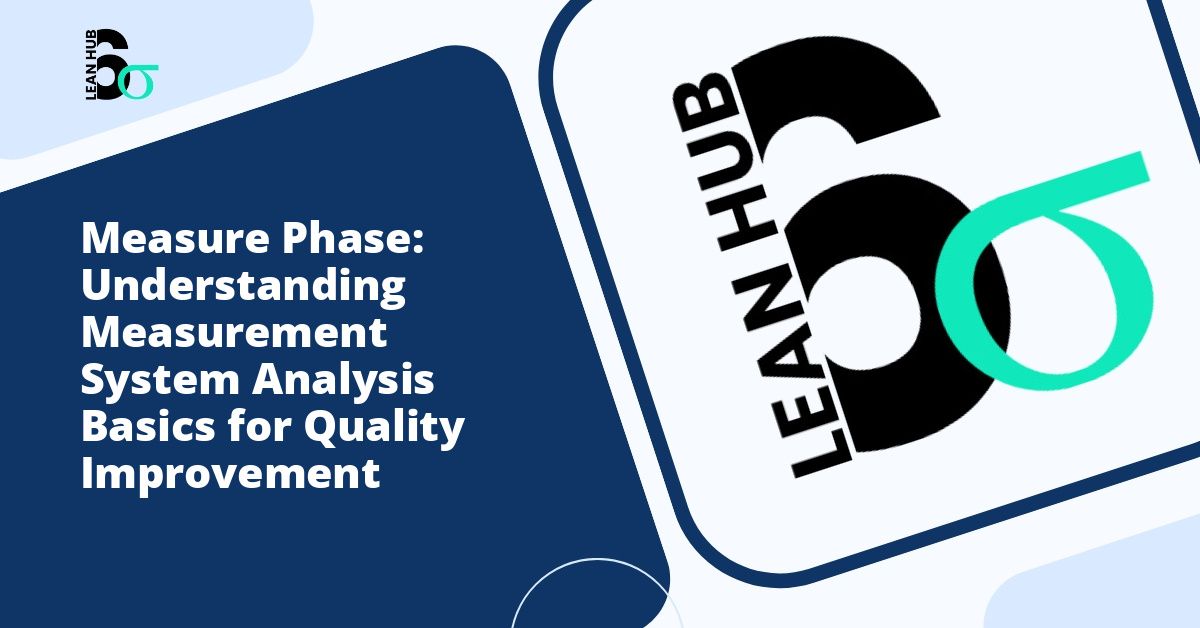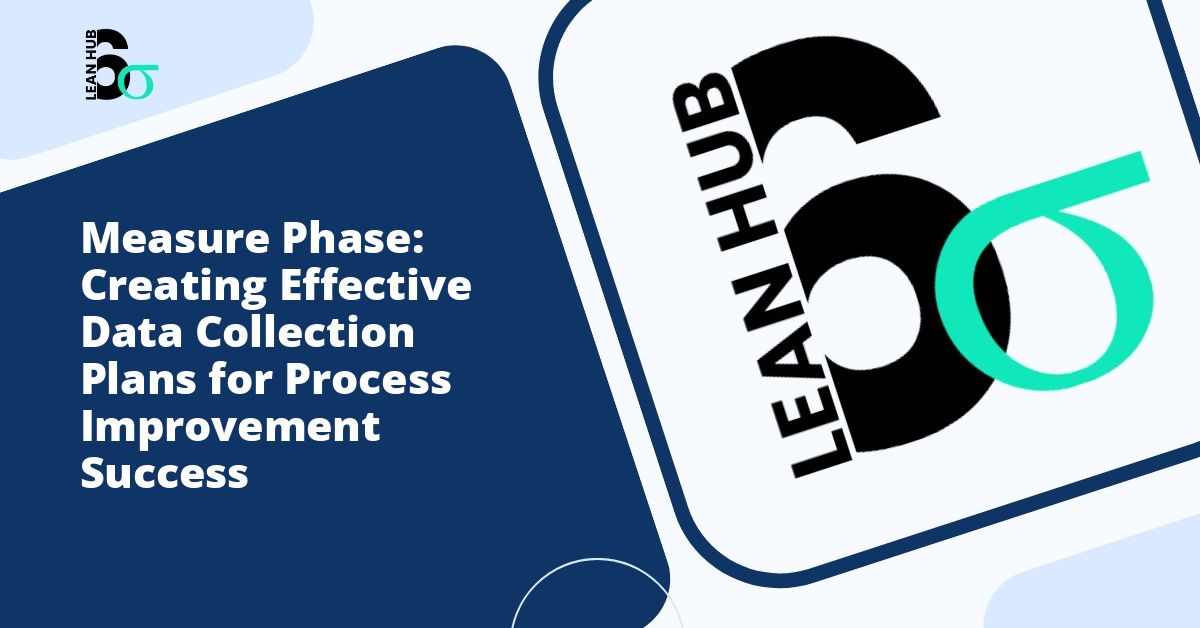In the world of quality management and continuous improvement, understanding the distinction between process performance and process capability is essential for achieving operational excellence. While these terms are often used interchangeably, they represent fundamentally different concepts that provide unique insights into how processes function and deliver results. This comprehensive guide will clarify these critical metrics and explain why recognizing their differences matters for your organization’s success.
What is Process Performance?
Process performance refers to the actual, real-world behavior of a process over a specific period. It represents what your process is currently achieving, measured through actual data collection and observation. Think of process performance as a snapshot of reality – it tells you exactly how your process is functioning at any given moment, including all the variations, inefficiencies, and inconsistencies that naturally occur in real-world operations. You might also enjoy reading about Lean Six Sigma Measure Phase: The Complete Guide for 2025.
Process performance metrics capture the full spectrum of variation in a process, including both common cause variation (inherent to the process) and special cause variation (resulting from external factors or unusual circumstances). This comprehensive view makes process performance an invaluable tool during the recognize phase of improvement initiatives, where understanding current state is paramount. You might also enjoy reading about Process Capability Analysis Explained: Understanding Cp vs. Cpk vs. Pp vs. Ppk in Quality Management.
Key Characteristics of Process Performance
- Measures actual output and results from current operations
- Includes all sources of variation, both systematic and random
- Reflects short-term and long-term process behavior
- Incorporates the impact of environmental factors, operator differences, and material variations
- Provides a realistic picture of what customers actually receive
What is Process Capability?
Process capability, in contrast, represents the inherent ability of a process to produce output within specified limits when operating under stable, controlled conditions. It answers the theoretical question: “What can this process achieve when everything is optimized and under control?” Process capability focuses on the process’s potential performance when only common cause variation is present. You might also enjoy reading about Gage R&R Study Explained: Understanding Repeatability and Reproducibility in Quality Management.
Understanding process capability requires that a process first achieves statistical control, meaning all special causes of variation have been identified and eliminated. Only then can you accurately assess what the process is truly capable of delivering. This distinction is crucial for organizations implementing lean six sigma methodologies, where separating capability from performance helps identify improvement opportunities.
Key Characteristics of Process Capability
- Measures potential performance under ideal, controlled conditions
- Considers only common cause variation
- Requires a stable, in-control process for accurate assessment
- Expressed through capability indices like Cp, Cpk, Pp, and Ppk
- Provides a benchmark for what the process can theoretically achieve
The Critical Differences Explained
The fundamental difference between these two concepts lies in scope and application. Process performance tells you where you are, while process capability tells you where you could be. This distinction becomes particularly important during the recognize phase of improvement projects, where teams must accurately assess current state before planning interventions.
Timeframe Considerations
Process performance typically examines longer timeframes and includes data collected across multiple shifts, operators, material batches, and environmental conditions. This extended view captures the full reality of process behavior, including seasonal variations, equipment degradation, and other long-term factors. Process capability studies, however, often focus on shorter timeframes under controlled conditions to isolate the process’s inherent variability from external influences.
Variation Sources
Perhaps the most significant distinction involves which variation sources each metric includes. Process performance encompasses all variation, making it higher (worse) than process capability in most real-world situations. The gap between performance and capability reveals opportunities for improvement by highlighting the impact of special causes and controllable factors that degrade process output.
Practical Applications in Lean Six Sigma
Organizations implementing lean six sigma methodologies must understand both metrics to effectively improve processes. During project selection and the recognize phase, process performance indices help teams understand baseline performance and set realistic improvement goals. These metrics reveal the current customer experience and identify processes most in need of attention.
Process capability studies become invaluable during later project phases when teams have stabilized processes and eliminated special causes. By comparing capability to performance, practitioners can quantify the impact of their improvements and demonstrate the value of achieving statistical control. This comparison also helps identify whether further gains require fundamental process redesign or simply better control of existing processes.
Calculating the Indices
Process performance is typically measured using Pp (performance index) and Ppk (performance index accounting for centering), calculated using overall process standard deviation. These indices incorporate all sources of variation present in the data. Process capability uses Cp (capability index) and Cpk (capability index accounting for centering), calculated using within-subgroup standard deviation to isolate common cause variation.
The mathematical formulas are similar, but the standard deviation calculation differs significantly. This difference means that for the same process, Pp and Ppk values will typically be lower than Cp and Cpk values, reflecting the additional variation present in actual performance versus theoretical capability.
When to Use Each Metric
Selecting the appropriate metric depends on your specific objectives and the current state of your process. Understanding when to apply each concept ensures accurate analysis and appropriate decision-making.
Use Process Performance When:
- Assessing overall process effectiveness for customers
- Comparing different processes or suppliers
- Establishing baseline metrics during the recognize phase
- Evaluating long-term process behavior
- Making business decisions about process adequacy
- Processes have not yet achieved statistical control
Use Process Capability When:
- The process is stable and in statistical control
- Evaluating whether a process can meet specifications theoretically
- Comparing the inherent capability of different process technologies
- Setting realistic specification limits for new processes
- Determining if fundamental process redesign is necessary
- Predicting future performance assuming control is maintained
Bridging the Gap Between Performance and Capability
The ultimate goal for any quality-focused organization is to minimize the gap between process performance and process capability. A significant difference between these metrics indicates substantial opportunity for improvement without requiring capital investment or process redesign. Closing this gap typically involves identifying and eliminating special causes, standardizing procedures, reducing setup variation, and improving process control.
Organizations implementing lean six sigma programs should systematically work to first achieve statistical control, thereby aligning performance with capability. Once this alignment is achieved, further improvements require enhancing the process’s inherent capability through technology upgrades, design changes, or fundamental process reengineering.
Common Misconceptions
Several misconceptions can lead organizations astray when working with these concepts. Understanding these pitfalls helps ensure accurate analysis and appropriate improvement strategies.
First, many practitioners mistakenly believe that process capability is always superior to process performance. While capability represents potential, a poorly designed process might have limited capability regardless of how well it is controlled. Second, some organizations calculate capability indices for unstable processes, producing meaningless results that can mislead decision-makers. Finally, focusing exclusively on capability while ignoring actual performance can create a disconnect between theoretical potential and customer experience.
Conclusion
Understanding the distinction between process performance and process capability is fundamental to effective quality management and continuous improvement. Process performance reflects current reality and provides the baseline for improvement initiatives, particularly during the recognize phase when teams assess current state. Process capability reveals potential and helps organizations understand what their processes can achieve under optimal conditions.
For organizations committed to lean six sigma and operational excellence, both metrics provide essential insights. By measuring and tracking both performance and capability, quality professionals can identify improvement opportunities, prioritize resources effectively, and demonstrate the value of their improvement efforts. The journey from current performance to optimal capability represents the pathway to excellence, and understanding these concepts illuminates that path clearly.
Whether you are just beginning your quality journey or working to sustain advanced improvements, recognizing the difference between these fundamental concepts will enhance your ability to make data-driven decisions and achieve lasting process improvements that deliver real value to your customers and organization.

